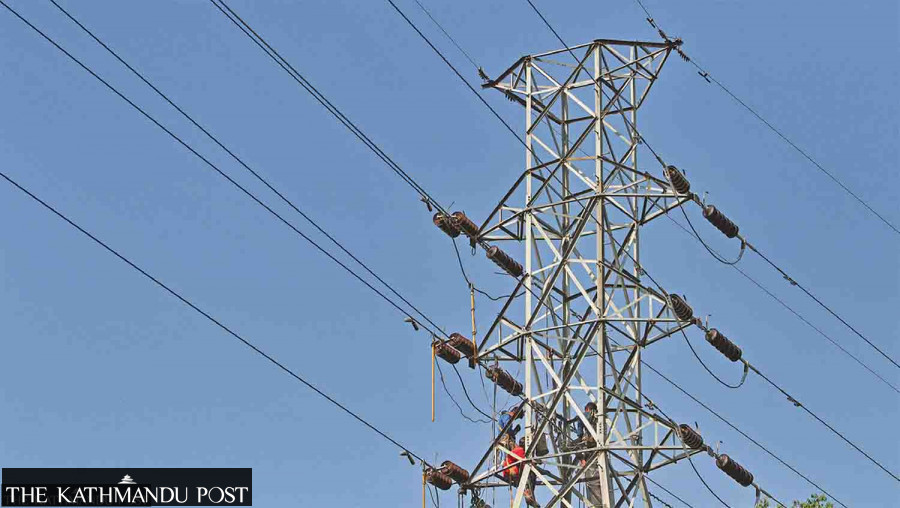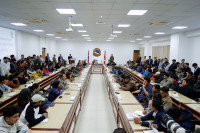National
Three substations in eastern Nepal brought into operation
These substations would improve the voltage of power and enhance the quality of electricity supply, Nepal Electricity Authority said in a press statement.
Post Report
The Nepal Electricity Authority brought three 220kV substations in eastern Nepal into operation on Thursday. The operation of these substations will enable the transmission of power from the project developed in the hilly regions of Province 1.
One substation constructed at Inaruwa in Sunsari district and two in Tumlingtar and Baneshwor in Sankhuwasabha district were brought into operation, said the state-owned power utility body in a press statement.
Along with the operation of these substations, the 220kV Inaruwa-Tumlingtar transmission line, part of the Koshi Corridor Transmission Line Project was also charged, according to the NEA.
In the press statement, the NEA said that these substations would improve the voltage of power and enhance the quality of electricity supply.
“There was the issue of voltage and tripping (shutting off of the electrical flow to protect the circuit from overheating) in electricity supply in the Morang-Sunari Industrial Corridor as electricity was being supplied through Sunari-based Duhabi substation only,” Kul Man Ghising, managing director of the NEA said in the statement. “Tripping had become an issue in electricity supplied from power projects in Sankhuwasabha, Bhojpur and Tehrathum. The operation of the new substations will resolve these problems.”
Ghising said electricity coming through the Koshi Corridor could also be exported to India through the Dhalkebar substation in Dhanusha in Madhes province. A 23-km long 132kV transmission line from Inaruwa to Biratnagar and additional substations along this transmission line are also under construction to improve electricity supply in the Sunsari-Morang industrial corridor, the NEA said. The industrial corridor houses around 5,000 factories which employ around 50,000 people directly.
The Inaruwa-based substation was built with the financial assistance of the World Bank while the government took loans from the Indian Exim Bank to build the other two substations in Sankhuwasabha.
The electricity generated by the projects constructed in the Arun and Tamor rivers and their tributaries will be evacuated through the Koshi Corridor transmission line and sent to the Inaruwa substation, according to the NEA.
The NEA has signed Power Purchase Agreements with the developers of 357 projects whose combined installed capacity is 6,366MW, according to the power utility body. Energy Minister Pampha Bhusal early this week said that the projects with a combined capacity of 3,200MW are currently under construction.
But constructing the transmission lines to evacuate power from these projects has emerged as a major challenge with locals’ obstructions and prolonged court cases, according to NEA officials.
Dirghayu Kumar Shrestha, chief of the Transmission Line Directorate told the Post in March: “Acquiring land for transmission towers and the right of way for transmission lines is difficult because they cover several districts. There has been a tendency among the local people to create problems,” said Shrestha.
According to him, getting the right of way for transmission lines is one of the major challenges.
“Landowners don’t get full compensation for the right of way,” said Shrestha. “The value of land with transmission lines running overhead decreases sharply because such land cannot be used for any other purpose than farming. Such plots of land cannot be used as collateral for bank loans either. People, therefore, often do not want to provide the right of way.”




 16.12°C Kathmandu
16.12°C Kathmandu














